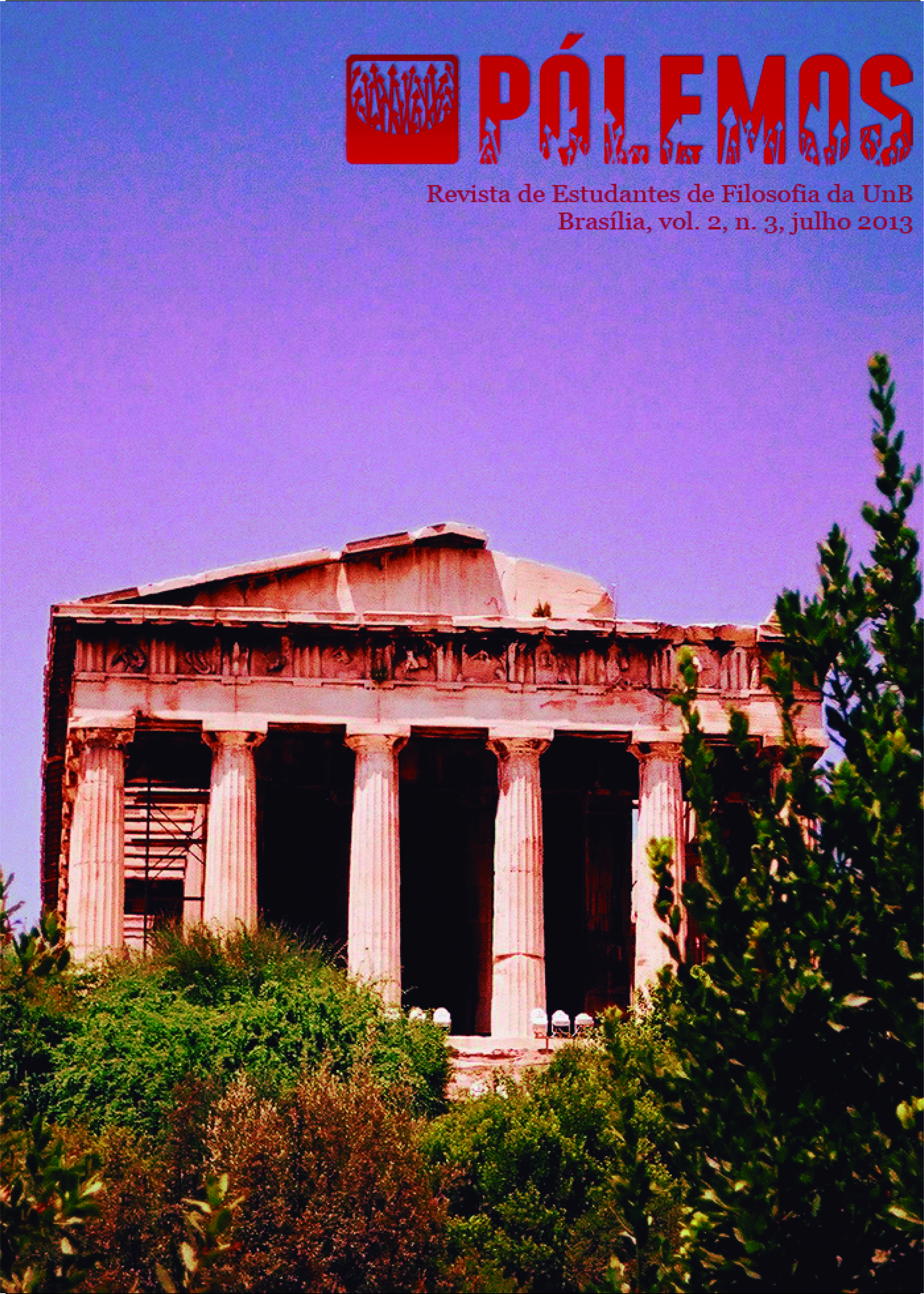TESTIMONY AS A SOURCE OF KNOWLEDGE
DOI:
https://doi.org/10.26512/pl.v2i3.11553Keywords:
Testimony. Knowledge. Belief. Epistemology. Epistemic Source.Abstract
Having a huge significance in various aspects of our lives, testimony is present when you ask for information from someone or merely believe in our birth date. However, during an enormous period in the history of epistemology, his significance as a generative epistemic source of knowledge has been neglected. Analyzing this tradition and its critics, in the first place, we analyze the work of David Hume, in which we find the first attack on the notion of testimony as source of information and generating knowledge and, furthermore, the establishment of the foundations of epistemological individualism. It will subsequently be exposed some of the most recent studies about testimonial justification characterized as an alternative to the Humean view, as C. A. J. Coady's non-reductionism, Jennifer Lackey's dualism, Martin Kusch”Ÿs communitarianism and Sanford C. Goldberg's reliabilism.Downloads
References
COADY, C. A. J. Testimony: A Philosophical Study. Oxford: Oxford University Press, 1992.
GOLDBERG, Sanford C. Relying on Others: An Essay in Epistemology. Oxford: Oxford University Press, 2010.
HUME, David. Investigações sobre o Entendimento Humano e sobre os Princípios da Moral. Tradução de José Oscar de Almeida Marques. São Paulo: Editora UNESP, 2004.
KUSCH, Martin. Knowledge by Agreement: The Programme of Communitarian Epistemology. Oxford: Oxford University Press, 2002.
LACKEY, Jennifer. Learning from Words: Testimony as a Source of Knowledge. Oxford: Oxford University Press, 2008.
Downloads
Published
Issue
Section
License
Copyright (c) 2016 Pólemos

This work is licensed under a Creative Commons Attribution-NonCommercial-NoDerivatives 4.0 International License.
Todos os trabalhos que forem aceitos para publicação, após o devido processo avaliativo, serão publicados sob uma licença Creative Commons, na modalidade Attribution-NonCommercial-NoDerivatives 4.0 International Public License (CC BY-NC-ND 4.0). Esta licença permite que qualquer pessoa copie e distribua a obra total e derivadas criadas a partir dela, desde que seja dado crédito (atribuição) ao autor / Ã autora / aos autores / às autoras.


